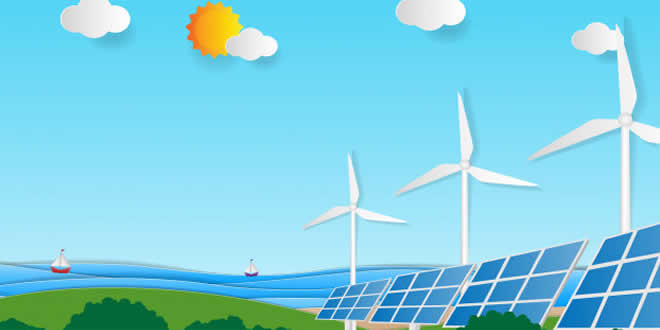Question: What are the consequences of global warming?
Answer:
- An increase in temperature of earth even by 1°C may lead to melting of ice on the poles.
- The melting of ice will result in rise of sea level.
- Due to rise in sea level,many coastal cities will be flooded or submerged.
- Increase in temperature of earth, results the changes in weather and may cause excessive raining or drought or extreme hot or cold weather conditions.
Question: How are clouds formed?
Answer: The water evaporates due to heating up of water bodies and other biological activities. The air also heats and rises. On rising, it expands and cools to form tiny droplets. These droplets grow bigger, expand and form clouds. The collection of dust and other suspended particles facilitate the process.
Question: What is the major source of freshwater in the city / town / village where you live?
Answer: The major sources, of freshwater in the city / town / village is the underground water which is mostly taken out with the help of hand pumps or tube wells. The rivers flowing in the nearby areas, lakes and ponds also serve as the source of freshwater.
Question: What is soil erosion?
Answer: The removal of topsoil which is rich in humus and nutrients by flowing water or wind is known as soil erosion. If this process continues further, then all soil may get washed away and the rocks underneath may get exposed. It may lead to the loss of all valuable resources because nothing grows as such on the rocks.
Question: What are the two forms of oxygen found in the atmosphere?
Answer:
- Elemental oxygen is normally found in the form of a diatomic molecule (O2) in the lower regions of the atmosphere to the extent of 21%. It is non-poisonous form of oxygen.
- But in the upper reaches of the atmosphere (stratosphere), it occurs in the form of ozone, containing three atoms of oxygen and having the molecular formula O3. It is the poisonous form of oxygen.
Question: How is our atmosphere different from the atmosphere on Venus and Mars?
Answer: Our atmosphere contains a mixture of many gases like nitrogen (78.08%), oxygen (20.95%), carbon dioxide (0.03%) and water vapour (in varying proportion). Whereas the atmosphere on Venus and Mars is mainly comprised of carbon dioxide. This carbon dioxide constitutes upto 95 – 97% of the atmosphere on Venus and Mars. It is supposed that, due to this reason no life is known to exist on these planets.
Question: How does the atmosphere act as a blanket?
Answer: It is a known fact that, air is a bad conductor of heat and our atmosphere contains mainly the air. Due to this reason, the atmosphere keeps the average temperature of the Earth fairly steady during the day and even during the course of the whole year. The atmosphere prevents the sudden increase in temperature during the daylight hours and during the night, it slows down the escape of heat into outer space.
Question: What causes winds?
Answer: Winds are caused due to unequal heating of atmospheric air. This phenomena can be easily seen near coastal regions during the daytime. The air above the land gets heated faster and starts rising. As this air rises, a region Of low pressure is created and air over the sea moves into this area Of low pressure. The movement of air from one region to the other Creates winds. During the day, the direction of the wind would be from the sea to the land.
 Class Notes NCERT Solutions for CBSE Students
Class Notes NCERT Solutions for CBSE Students



